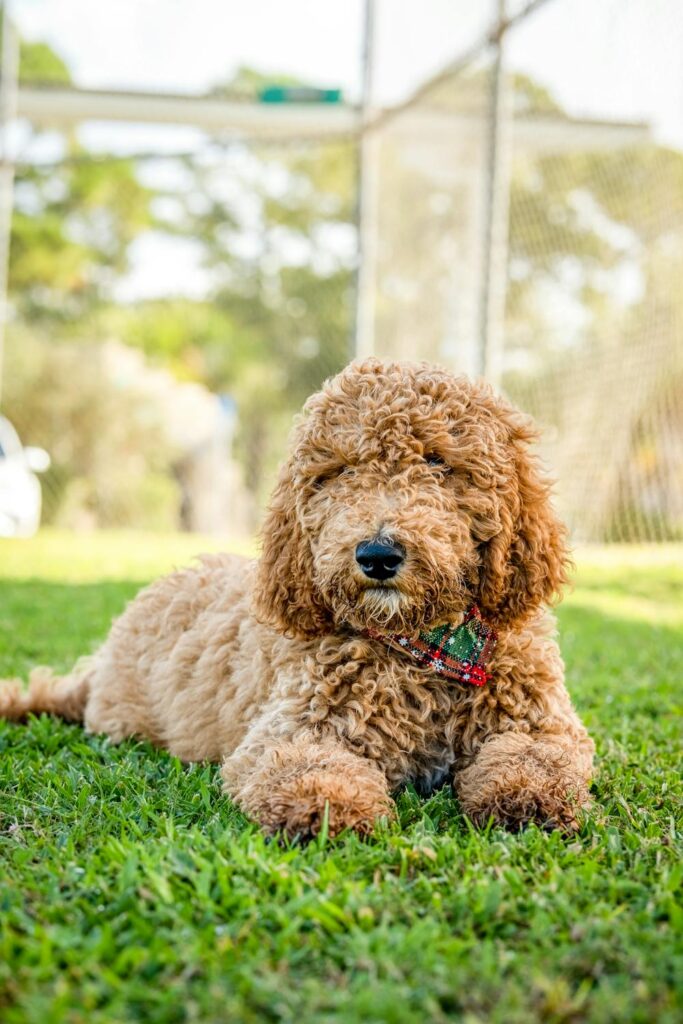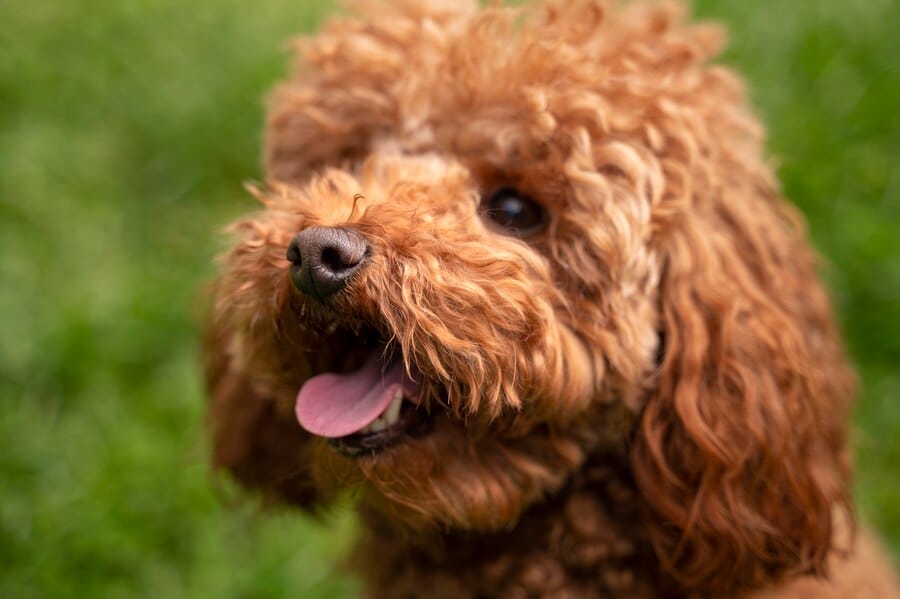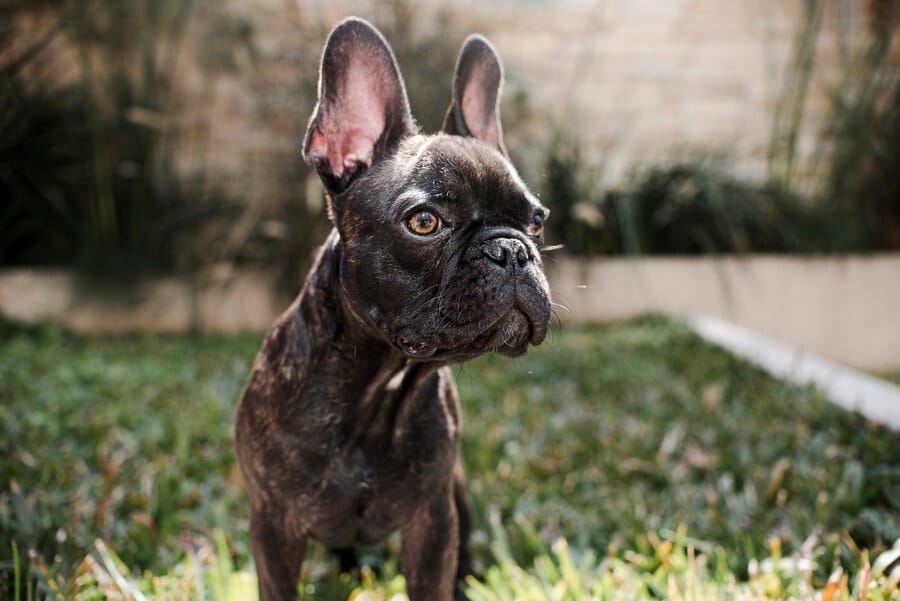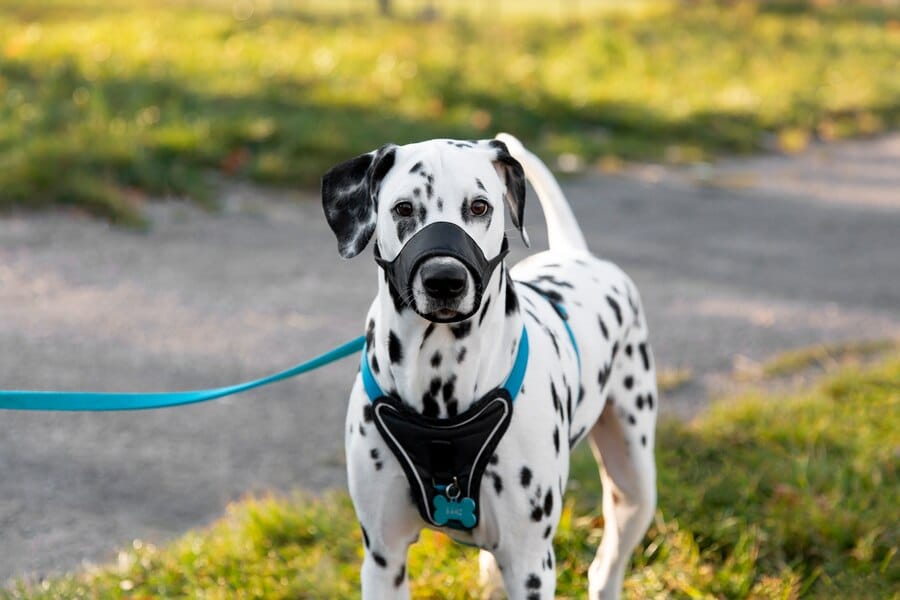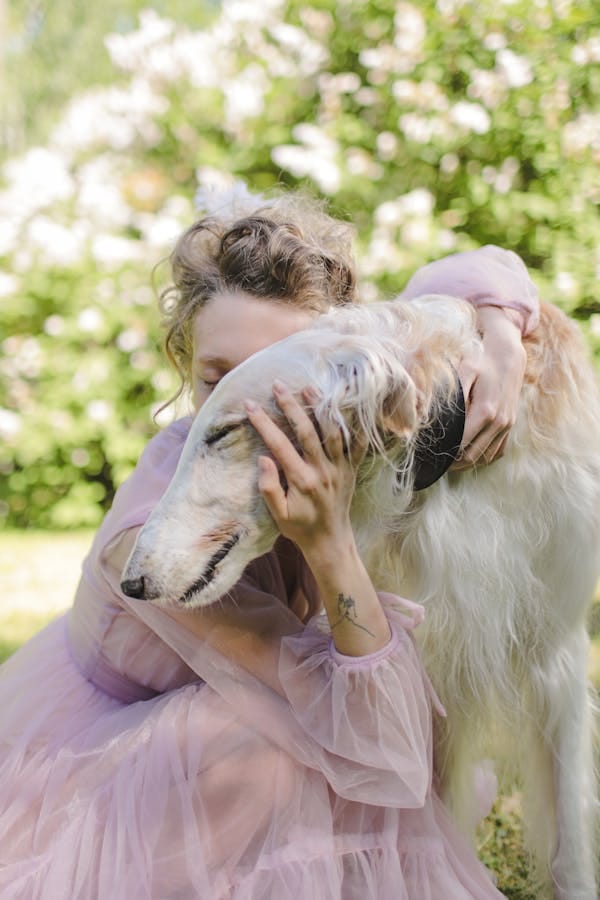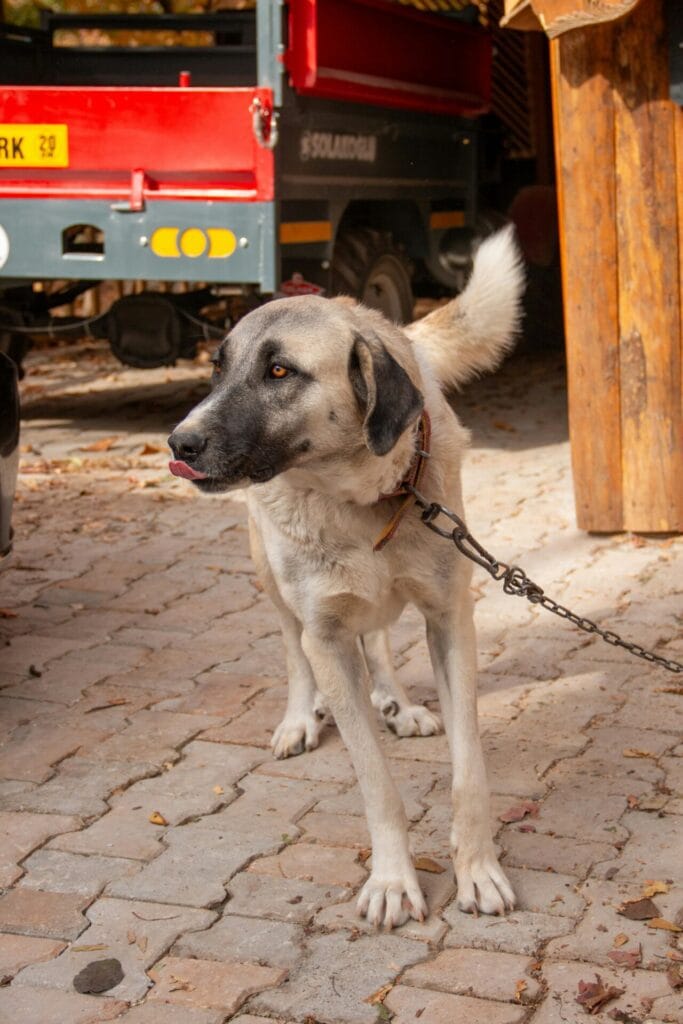- Introduction: Decoding the Maltese Waterworks 🕵️♂️
- Understanding Maltese Emotions: The Basics 🧠
- Types of Maltese “Crying” 😢
- Why Do Maltese Cry? Unraveling the Reasons 🧐
- When Do Maltese Cry? Timing is Everything ⏰
- How Do Maltese Cry? Decoding Their Language 🗣️
- Symptoms and Signs: When Crying Becomes a Concern 🚩
- Solutions: Addressing Maltese Crying 🛠️
- Pros and Cons: The Emotional Maltese ⚖️
- Comparing Maltese to Other Breeds: The Crying Scale 📊
- Best and Worst Breeds for Minimal Crying 🏆❌
- The Role of Age in Maltese Crying 👶➡️👴
- Health Considerations: When Crying is a Red Flag 🚨
- Training Techniques: Reducing Excessive Crying 🎓
- Environmental Factors: Creating a Cry-Free Zone 🏠
- Nutrition and Crying: The Diet Connection 🍽️
- Exercise and Mental Stimulation: Tired Dogs Cry Less 🏃♂️
- The Impact of Human Behavior on Maltese Crying 👨👩👧👦
- FAQs About Maltese Crying 🤔
- Conclusion: Embracing Your Emotional Maltese 💖
Introduction: Decoding the Maltese Waterworks 🕵️♂️
Maltese dogs, with their silky white coats and button-black eyes, are among the most adorable canine companions. But if you’ve ever owned one or spent time around these fluffy little charmers, you might have noticed something peculiar – they seem to cry a lot! 😢 This phenomenon often leaves Maltese owners wondering: Why do Maltese cry? When does it happen? And most importantly, what can be done about it?
In this comprehensive guide, we’ll dive deep into the world of Maltese tears, exploring:
- The reasons behind Maltese crying 🤔
- When and how Maltese typically express their emotions 🕰️
- Symptoms and signs to watch out for 🚩
- Solutions to address excessive crying 🛠️
- Pros and cons of a Maltese’s emotional expressiveness ⚖️
- Comparisons with other breeds 🐕
- And much more!
So, grab a tissue (for your Maltese, of course!) and let’s unravel the mystery of those tiny tears! 💦

Understanding Maltese Emotions: The Basics 🧠
Before we dive into the specifics of Maltese crying, it’s crucial to understand that dogs, including Maltese, don’t cry emotional tears like humans do. When we talk about Maltese “crying,” we’re usually referring to:
- Excessive eye discharge 👁️
- Whining or vocalization 🗣️
- Body language indicating distress 🐾
These behaviors are the Maltese way of communicating various emotions and needs. Let’s break them down:
Types of Maltese “Crying” 😢
- Tear Staining: The appearance of reddish-brown stains under the eyes
- Whimpering: Soft, high-pitched vocalizations
- Barking: Louder, more insistent vocalizations
- Physical Signs: Trembling, hiding, or seeking attention
Understanding these different forms of “crying” is the first step in decoding your Maltese’s needs and emotions.
Why Do Maltese Cry? Unraveling the Reasons 🧐
Maltese dogs may “cry” for various reasons. Let’s explore the most common causes:
1. Separation Anxiety 😰
Maltese are known for their strong attachment to their owners. When left alone, they may express distress through:
- Excessive whining or barking
- Destructive behavior
- Pacing or restlessness
2. Attention Seeking 🎭
These clever little dogs quickly learn that crying gets them attention. They might cry to:
- Get treats
- Initiate playtime
- Receive cuddles
3. Physical Discomfort or Pain 🤕
Sometimes, crying can indicate health issues:
- Dental problems
- Joint pain
- Digestive upset
4. Emotional Stress 😓
Maltese are sensitive dogs and may cry when:
- Experiencing changes in routine
- Meeting new people or animals
- Exposed to loud noises
5. Physiological Reasons 💧
The Maltese breed is prone to tear staining due to:
- Shallow eye sockets
- Overactive tear glands
- Blocked tear ducts
Understanding these reasons is crucial in addressing your Maltese’s crying effectively.
When Do Maltese Cry? Timing is Everything ⏰
Maltese may exhibit crying behaviors at specific times or in particular situations. Let’s explore the most common scenarios:
1. During Separation 🏠
- When owners leave for work
- If left alone for extended periods
- When isolated in a different room
2. At Night 🌙
- When adjusting to a new sleeping arrangement
- If they need to go potty
- Due to nighttime anxiety
3. During Grooming 💇♀️
- While being bathed
- During nail trimming
- When brushing tangled fur
4. In New Environments 🏞️
- At the vet’s office
- In unfamiliar places
- When traveling
5. During Socialization 👥
- Meeting new people
- Encountering other dogs
- In crowded or noisy places
Understanding when your Maltese cries can help you identify patterns and address underlying issues more effectively.
How Do Maltese Cry? Decoding Their Language 🗣️
Maltese dogs have various ways of expressing their distress or needs. Here’s how they typically “cry”:
1. Vocalizations 🔊
- Whimpering: Soft, high-pitched sounds
- Barking: Sharp, repetitive vocalizations
- Howling: Long, drawn-out cries (less common in Maltese)
2. Body Language 🐾
- Trembling: Shaking or quivering
- Tail Position: Tucked between legs or low wagging
- Ear Position: Flattened against the head
3. Facial Expressions 😕
- Eye Contact: Intense staring or avoiding eye contact
- Mouth: Yawning when not tired, licking lips
- Brow: Furrowed or raised eyebrows
4. Physical Actions 🏃♂️
- Pacing: Walking back and forth restlessly
- Hiding: Seeking out secluded spots
- Clinginess: Following owners closely, seeking physical contact
Understanding these different forms of “crying” can help you better interpret your Maltese’s needs and emotions.
Symptoms and Signs: When Crying Becomes a Concern 🚩
While some crying is normal, excessive or unusual crying can be a sign of underlying issues. Here are symptoms to watch for:
1. Physical Symptoms 🤒
- Excessive Tear Staining: Dark, persistent stains under the eyes
- Eye Discharge: Unusual color or consistency
- Changes in Appetite: Eating more or less than usual
- Lethargy: Decreased energy or interest in activities
2. Behavioral Symptoms 🐕
- Increased Aggression: Growling, snapping, or biting
- Excessive Licking: Particularly of paws or other body parts
- Destructive Behavior: Chewing furniture, digging, etc.
- Changes in Sleep Patterns: Insomnia or excessive sleeping
3. Emotional Symptoms 😢
- Increased Anxiety: Restlessness, inability to settle
- Depression: Lack of interest in play or interaction
- Mood Swings: Rapid changes in behavior or temperament
If you notice any of these symptoms persisting, it’s important to consult with a veterinarian to rule out underlying health issues.
Solutions: Addressing Maltese Crying 🛠️
Now that we understand why, when, and how Maltese cry, let’s explore solutions to address this behavior:
1. For Separation Anxiety 🏠
- Gradual Desensitization: Slowly increase time spent alone
- Comfort Items: Leave familiar scents or toys
- Background Noise: Use calming music or TV sounds
- Interactive Toys: Provide puzzles or treat-dispensing toys
2. For Attention Seeking 🎭
- Positive Reinforcement: Reward quiet, calm behavior
- Ignore Attention-Seeking Cries: Don’t reinforce the behavior
- Consistent Training: Establish clear rules and boundaries
- Mental Stimulation: Provide plenty of exercise and playtime
3. For Physical Discomfort 🏥
- Regular Vet Check-ups: Address health issues promptly
- Proper Grooming: Maintain eye and coat health
- Dental Care: Regular teeth cleaning and check-ups
- Appropriate Diet: Ensure balanced nutrition
4. For Emotional Stress 😓
- Safe Space: Create a calm, quiet area for your Maltese
- Socialization: Gradually expose to new experiences
- Calming Aids: Consider pheromone diffusers or calming treats
- Professional Help: Consult a dog behaviorist if needed
5. For Physiological Causes 💧
- Eye Cleaning: Gently clean around eyes daily
- Tear Stain Removers: Use pet-safe products
- Diet Adjustments: Some foods may reduce tear staining
- Medical Intervention: Consult vet for tear duct issues
Remember, patience and consistency are key when implementing these solutions.
Pros and Cons: The Emotional Maltese ⚖️
Let’s weigh the advantages and disadvantages of having an emotionally expressive Maltese:
Pros 👍
- Strong Bond: Their emotional nature fosters close relationships with owners
- Alertness: They’re quick to notify owners of potential issues
- Empathy: Maltese often sense and respond to their owners’ emotions
- Trainability: Their sensitivity can make them eager to please in training
Cons 👎
- Neediness: May require more attention and reassurance
- Stress: Can be prone to anxiety in certain situations
- Noise: Frequent vocalization may be disruptive
- Health Concerns: Chronic stress can lead to health issues
Understanding these pros and cons can help you decide if a Maltese is the right fit for your lifestyle.
Comparing Maltese to Other Breeds: The Crying Scale 📊
To put Maltese crying in perspective, let’s compare them to other popular breeds:
| Breed | Crying Tendency | Common Reasons | Typical Expression |
|---|---|---|---|
| Maltese | High | Separation Anxiety, Attention Seeking | Whining, Tear Staining |
| Chihuahua | Moderate-High | Territorial Behavior, Anxiety | Barking, Shaking |
| Labrador Retriever | Low-Moderate | Physical Discomfort, Boredom | Whining, Destructive Behavior |
| German Shepherd | Moderate | Alerting Owners, Protectiveness | Barking, Pacing |
| Poodle | Moderate | Intelligence, Sensitivity | Whining, Seeking Attention |
As we can see, Maltese tend to be on the higher end of the “crying” scale compared to many other breeds.
Best and Worst Breeds for Minimal Crying 🏆❌
If you’re looking for a dog less prone to crying, consider these breeds:
Best Breeds for Minimal Crying:
- Basenji (known as the “barkless” dog) 🐕
- Shiba Inu 🦊
- Greyhound 🐕🦺
- Cavalier King Charles Spaniel 🐶
- Great Dane 🐕
Breeds Prone to More Crying:
- Maltese 🐩
- Chihuahua 🐕
- Beagle 🐶
- Yorkshire Terrier 🐕
- Pug 🐾
Remember, individual personalities can vary within breeds!
The Role of Age in Maltese Crying 👶➡️👴
Maltese dogs may exhibit different crying behaviors at various life stages. Let’s explore:
Puppyhood (0-1 year) 🐾
- High Crying Tendency: Adjusting to new environments, teething
- Common Reasons: Separation anxiety, physical discomfort
- Solutions: Consistent training, comfort items, patience
Adulthood (1-7 years) 🐕
- Moderate Crying Tendency: Established patterns, learned behaviors
- Common Reasons: Attention seeking, communication of needs
- Solutions: Reinforcement of good behaviors, addressing underlying issues
Senior Years (7+ years) 👵
- Variable Crying Tendency: May increase due to health issues
- Common Reasons: Physical discomfort, cognitive changes
- Solutions: Regular vet check-ups, adapting environment for comfort
Understanding these age-related changes can help you adapt your approach to your Maltese’s needs over time.
Health Considerations: When Crying is a Red Flag 🚨
While crying is often behavioral, it can sometimes indicate health issues. Be aware of these potential concerns:
- Eye Problems: Infections, glaucoma, or corneal issues
- Dental Issues: Tooth decay or gum disease
- Ear Infections: Common in floppy-eared breeds like Maltese
- Gastrointestinal Distress: Upset stomach or more serious conditions
- Neurological Issues: Especially in senior dogs
Always consult with a veterinarian if you notice sudden changes in your Maltese’s crying behavior or if it’s accompanied by other symptoms.
Training Techniques: Reducing Excessive Crying 🎓
Proper training can significantly reduce unwanted crying. Here are some effective techniques:
- Positive Reinforcement: Reward quiet, calm behavior
- Desensitization: Gradually expose to triggers in a positive way
- Redirect Attention: Offer alternative activities when crying starts
- Consistent Commands: Use clear, consistent cues for desired behaviors
- Crate Training: Create a safe, comfortable space
Remember, patience and consistency are key in training your Maltese.
Environmental Factors: Creating a Cry-Free Zone 🏠
Your Maltese’s environment can significantly impact their tendency to cry. Consider these factors:
- Comfortable Living Space: Cozy bed, appropriate temperature
- Stimulating Toys: Puzzle feeders, chew toys
- Routine: Consistent feeding and exercise schedules
- Social Interaction: Regular playtime and cuddles
- Noise Level: Minimize exposure to loud or startling sounds
Creating a comfortable, predictable environment can help reduce stress-related crying.
Nutrition and Crying: The Diet Connection 🍽️
Believe it or not, your Maltese’s diet can affect their crying behavior:
- Quality Food: High-quality, breed-appropriate diet
- Allergies: Identify and eliminate any food allergens
- Hydration: Ensure constant access to fresh water
- Feeding Schedule: Regular, consistent meal times
- Treats: Use sparingly and as part of training
A well-balanced diet can contribute to overall well-being and potentially reduce stress-related crying.
Exercise and Mental Stimulation: Tired Dogs Cry Less 🏃♂️
Adequate physical and mental exercise can significantly reduce excessive crying:
- Daily Walks: Appropriate for Maltese energy levels
- Playtime: Interactive games like fetch or tug-of-war
- Training Sessions: Short, fun training periods
- Puzzle Toys: Mental stimulation to prevent boredom
- Socialization: Controlled interactions with other dogs and people
A tired, mentally stimulated Maltese is less likely to engage in attention-seeking crying.
The Impact of Human Behavior on Maltese Crying 👨👩👧👦
Your behavior can significantly influence your Maltese’s crying habits:
- Consistency: Maintain consistent rules and responses
- Calm Energy: Dogs often mirror their owners’ emotions
- Attention Management: Avoid reinforcing crying with attention
- Proactive Care: Address needs before crying starts
- Positive Interactions: Create a loving, secure environment
By being mindful of your own behavior, you can help reduce your Maltese’s tendency to cry excessively.
FAQs About Maltese Crying 🤔
Let’s address some common questions about Maltese crying:
Q: Is it normal for my Maltese to cry every time I leave?
A: Some separation anxiety is common, but excessive distress may need addressing.
Q: How can I tell if my Maltese’s crying is attention-seeking or a real need?
A: Observe the context and any accompanying behaviors. Real needs often have consistent patterns.
Q: Can Maltese be trained not to cry?
A: While you can’t eliminate crying entirely, proper training can significantly reduce excessive crying.
Q: Does spaying/neutering affect a Maltese’s crying behavior?
A: It may help reduce some hormone-related behaviors but isn’t a cure-all for crying.
Q: Are male or female Maltese more prone to crying?
A: Individual personality plays a bigger role than gender in crying tendencies.
Conclusion: Embracing Your Emotional Maltese 💖
In conclusion, while Maltese dogs may be prone to “crying,” understanding the reasons behind this behavior can help you address it effectively. Remember that your Maltese’s emotional expressiveness is part of what makes them such loving and attentive companions. With patience, consistency, and the right approach, you can help your Maltese feel secure and content, reducing excessive crying while maintaining the strong bond that makes this breed so special.

